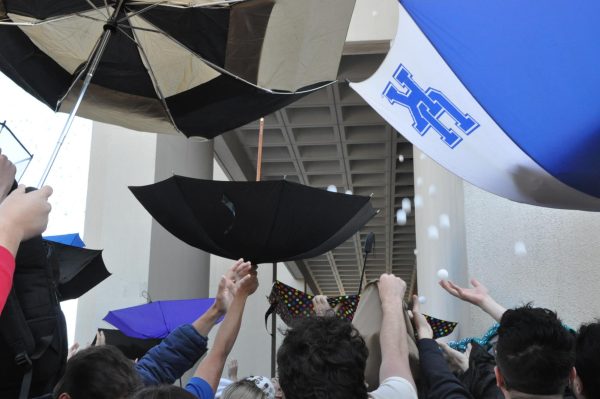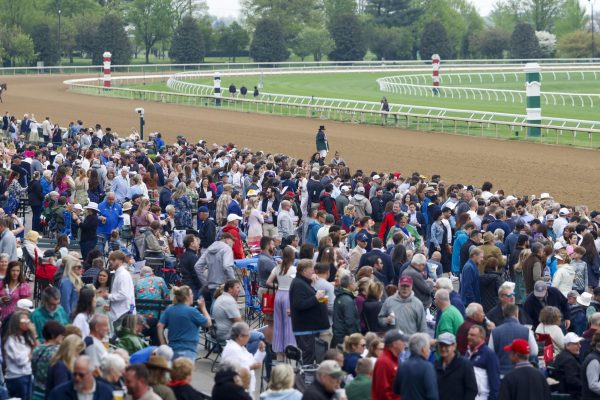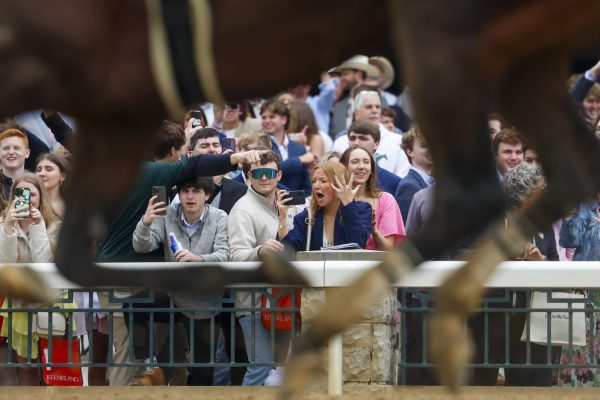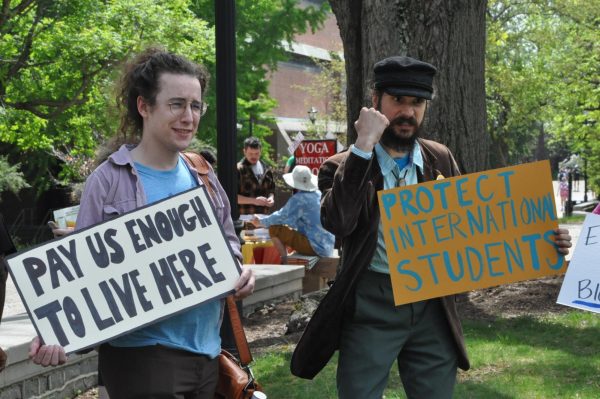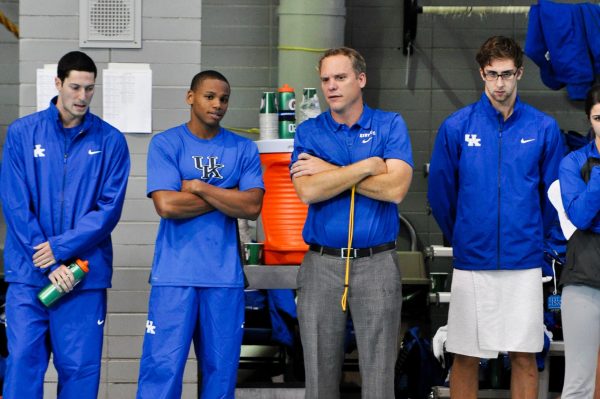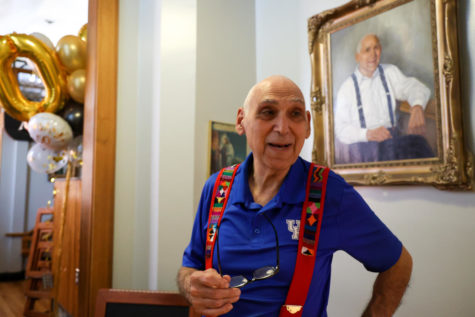Nobel Laureate Eric Weishaus welcomed on campus
April 21, 2009
In his second lecture of the day, Nobel Laureate Eric Wieschaus visited campus Monday to speak about “Chance or Pre-Pattern: How Cells in the Embryo Are Organized Into Patterns.â€
Around 100 people attended to hear the Nobel Prize winner speak at the Thomas Hunt Morgan Seminar. Sean Ehlman, a biology sophomore, said Wieschaus was ‘fascinating.’
“The way he involved the crowd was with his passion that he had on the subject,†Ehlman said. “I was afraid that the speech would drone on with boring details, but it was really fascinating.â€Wieschaus guided the audience through three major points in his lecture — the history of Thomas Hunt Morgan’s spontaneous patterns, the real world according to Drosophila (fruit fly) and the real world according to mammals.
Accompanied by a detailed slideshow and an enthusiastic demeanor, Wieschaus started from the very beginning of pattern in embryos and went through Roux’s Theory, Thomas Hunt Morgan’s theory, and Alan Turing’s theory, all the way to what Wieschaus has discovered through all his research.
“There was no better person to do this lecture. He followed in Morgan’s footsteps and he was just the perfect person to have as the first speaker,†said Becky Kellum, a member of the Morgan lecture committee, who arranged Monday’s lecture.
Wieschaus is a professor of molecular biology at Princeton University and has been researching embryonic development and patterns for years.
“As a scientist you want to understand things,†he said when asked why he picked this area for his research. “When you see things that you don’t understand, it makes you want to understand them. People go through life not understanding and not seeing things clearly, but when you see something clearly and you don’t understand it, it makes you want to know more and figure out why things happen.â€
Wieschaus said people might describe him as very naïve.
“I would do experiments all the time where people would say that I must have been crazy to try that,†he said. “But I always believed that I could try to do them anyway.â€
Biology major Pete Wallenhorst said Weischaus’ passion about his research was visible and he succeeded in making the topic interesting.
“You could see the excitement and passion in his face,†Wallenhorst said. “I like how he related his subject to public policy at the end. It made it extremely intriguing.â€
Wieschaus ended his speech with a brief question and answer section and stayed after the lecture to answer more questions, talk with the students and sign autographs.
“As a Nobel Laureate for a very brief period you’re famous,†Wieschaus said. “People want your autograph, then they announce the next award and you go back to being normal again.â€












































































































































